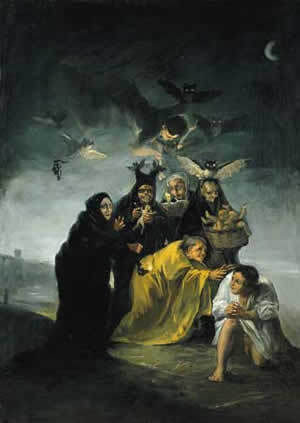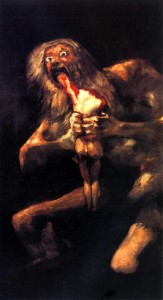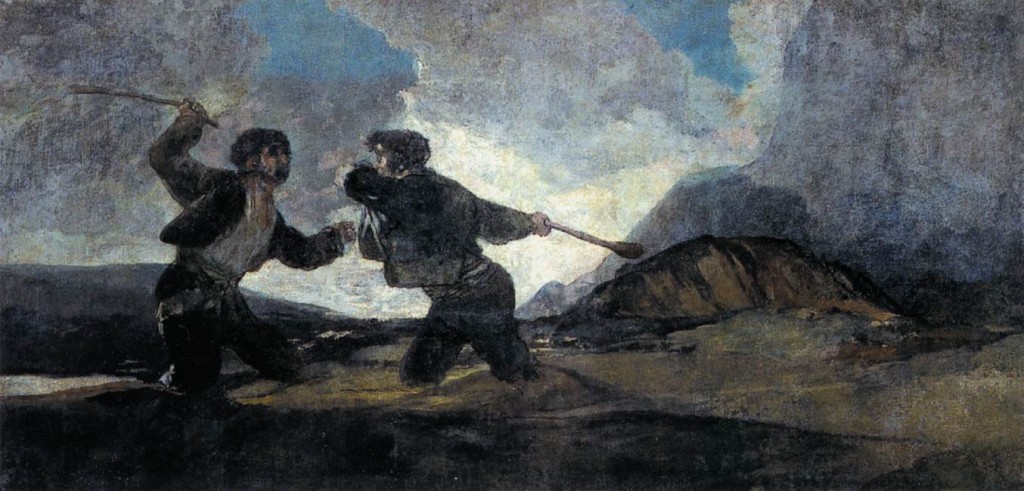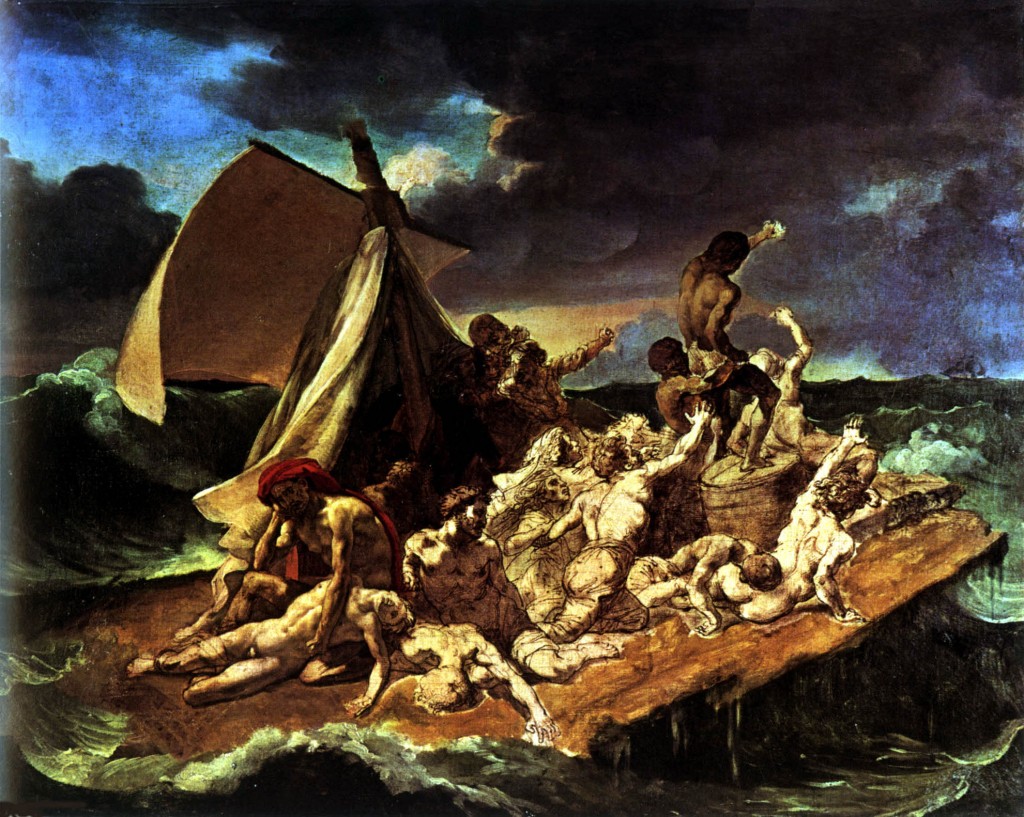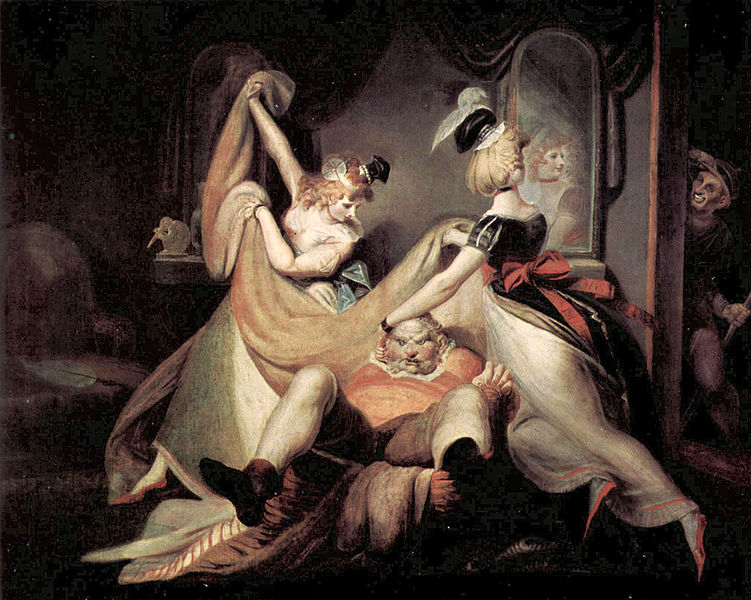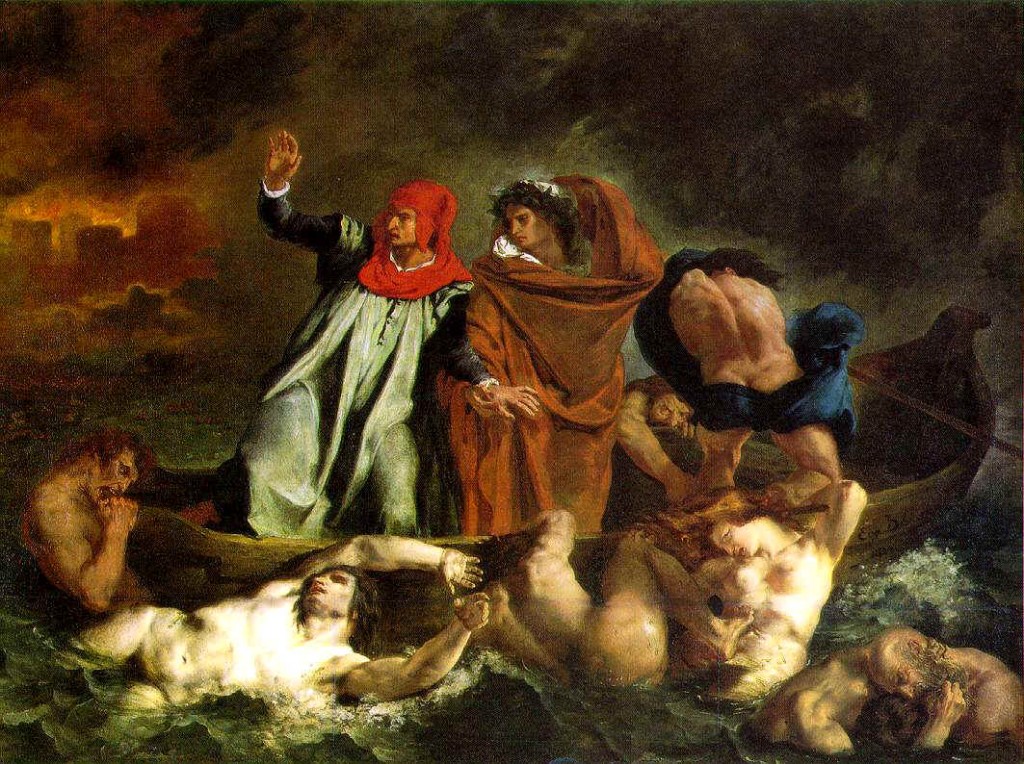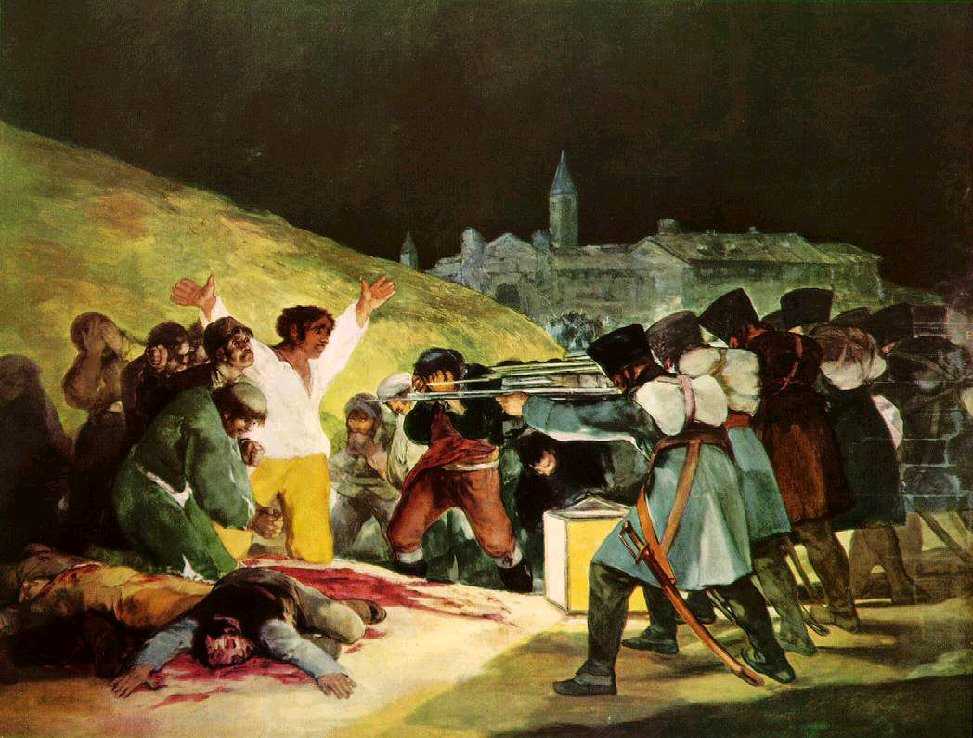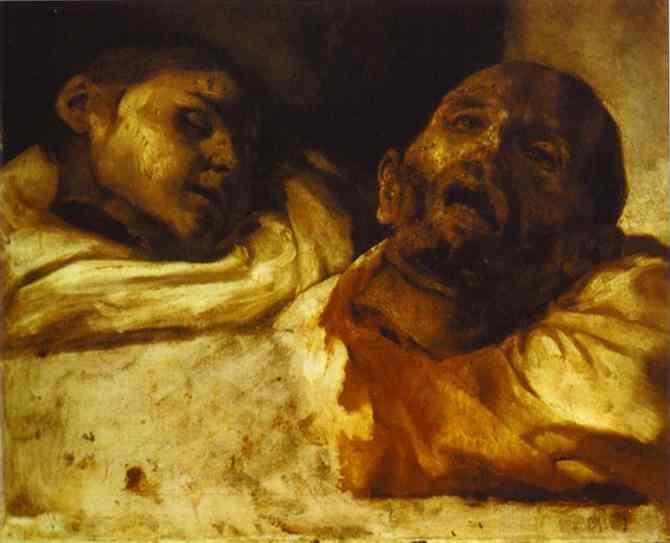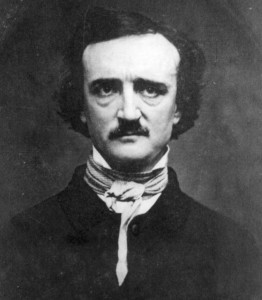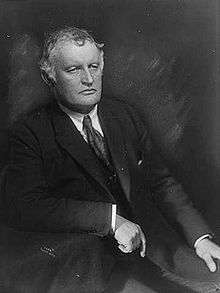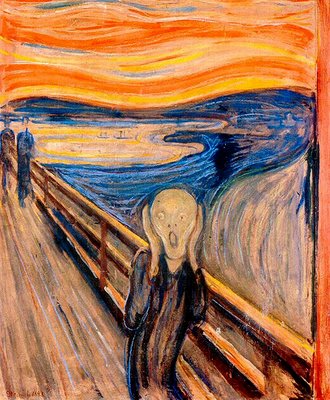We´re specially glad to write this post after some weeks looking for a reason to slowdown and look back at the “dark side of the art”, at those paintings that remind us how fragile we are, how much fear there can be right after the corner.
First of all an apologize, we want to celebrate the brilliant exhibition of black romanticism and tenebrism at the Musée d’Orsay in Paris (March, 5 – June, 9) but we would like to go further by mentioning painting masterworks out of the show and recalling some sinister creators who delighted us from their special point of views in different art expressions of contemporary pop culture.
No more words, let´s start with the extraordinary promotional video by Musée d’Orsay
Actually, the name of the exhibition is “L’ange du bizarre. Le romantisme noir de Goya à Max Ernst” (The angel of bizarre. The black romanticism from Goya to Max Ernst) so there is love in weirdness, there is melancoly, absense of love and finally horror… and you´ll find here some samples of these extreme feelings.
Decade of 1930: the Italian writer and art historian Mario Praz (1896-1982) was the first to focus on the black side of romanticism that between 1760 and 1770 exploided as a movement all around the excessive and irrational human reaction, always hiden after the apparent triumph of the lumières de la Raison.
This movement was born in England at the end of 18th century thanks to the gothic literature, so addictive to readers for its flavour of mistery and grotesque. However, it took a very short time for plastic arts to become a worthy rival, with Goya and Géricault throwing the terrible reality of wars and shipwrecks of their time, Füssli and Delacroix letting us watch the specters, witches and demons of Shakespeare, Milton and Goethe, and C.D.Friedrich and Carl Blechen taking spectators for a walk through enigmatic and funeral landscapes, as a reflection of their final destination.
From 1880, there was a revival of romanticism with the outstanding fantastic tales by Edgar Alan Poe and Barbey d’Aurévilly, as a consequence of disappoint and failure of the industrial revolution (could there be a new revival now?). Later on, surrealists embraced dreams and subconscious and set it before reality with their own touch of black romanticism.
And by the way… The majestic and frightening “Scream” by Edvard Munch
Finally, it came the culture for masses represented by cinema or popular music. Here there are some examples of this last interpretation of romanticism. Please, share your comments and suggestions and we´ll add them to this short list.
Frankenstein, 1931
The Art of Tim Burton I, STORYTELLER
The Art of Tim Burton II, STORYTELLER
The Jesus & Mary Chain, “Just like honey”. Post punk and new romantics
The Cure, “Lullaby”. Post punk and new romantics
